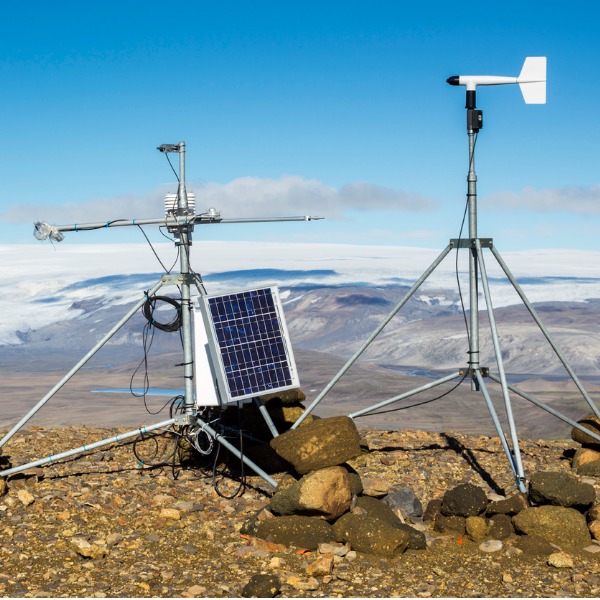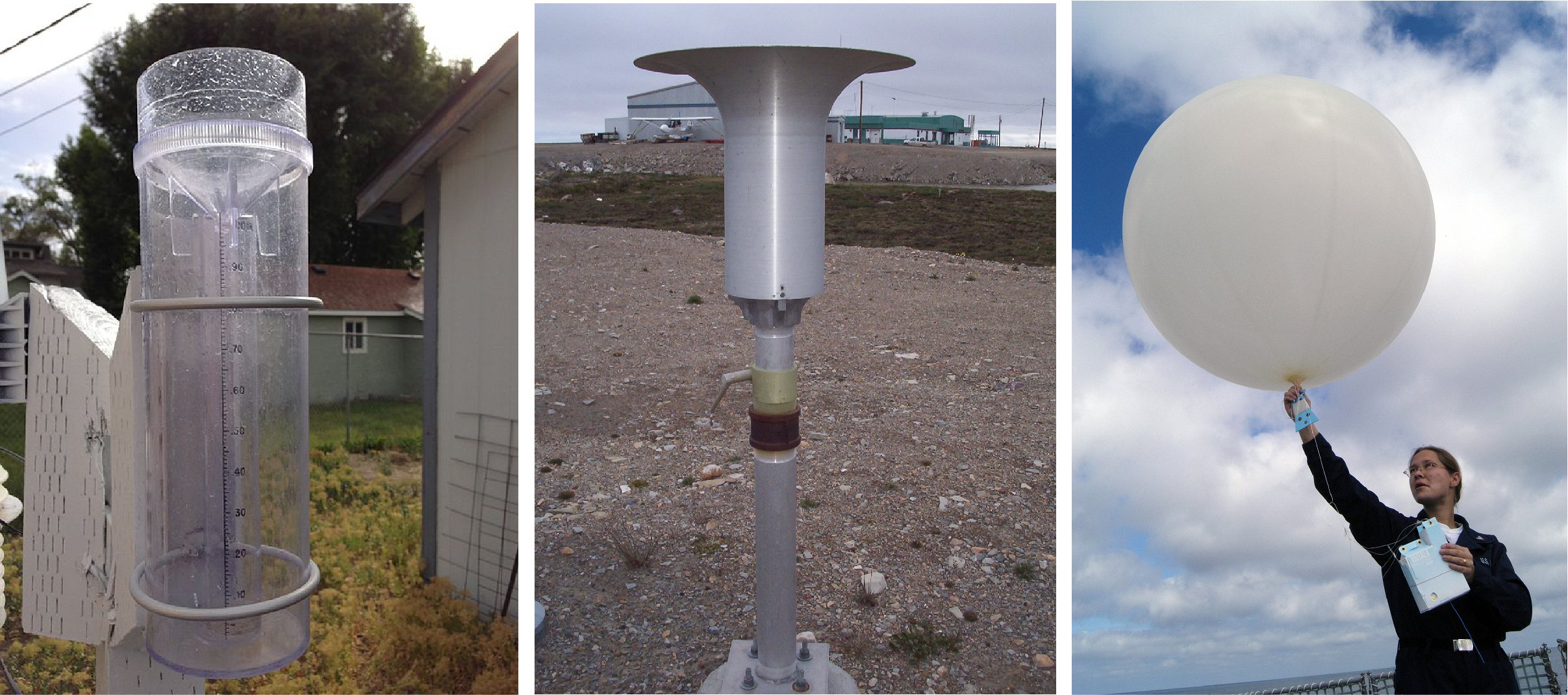Measuring and Forecasting Weather

Weather station in Iceland (subtik, iStockphoto)

Weather station in Iceland (subtik, iStockphoto)
8.63
How does this align with my curriculum?
NU
2
K-6 Science and Technology Curriculum (NWT, 2004)
Earth and Space Systems: Air and Water in the Environment
ON
K
The Kindergarten Program (2016)
14. demonstrate an awareness of the natural and built environment through hands-on investigations, observations, questions, and representations of their findings
NT
2
K-6 Science and Technology Curriculum (NWT, 2004)
Earth and Space Systems: Air and Water in the Environment


